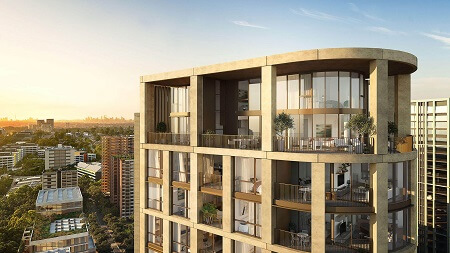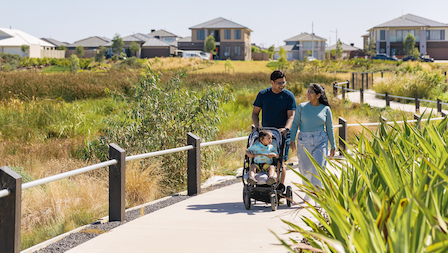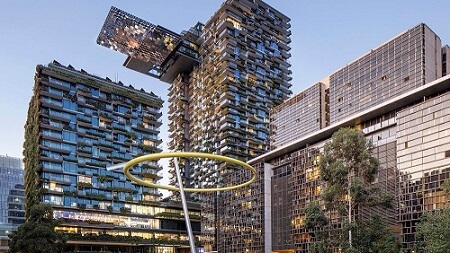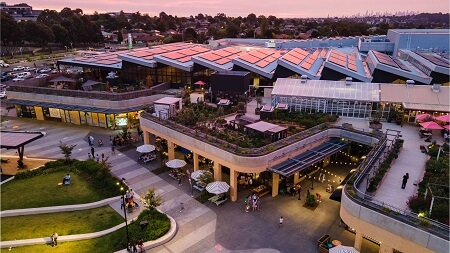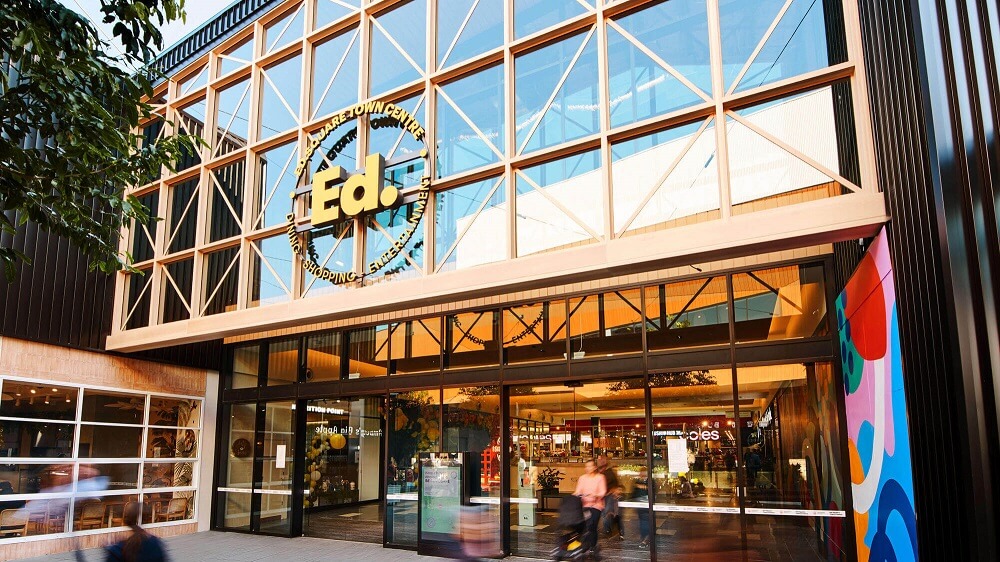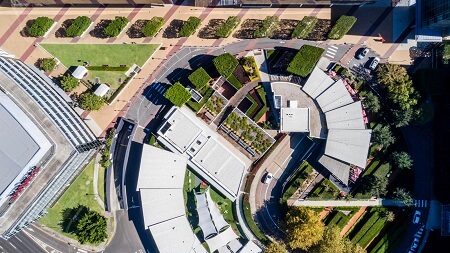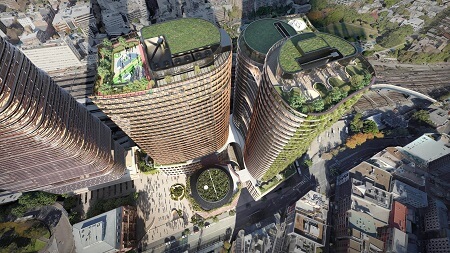100 years of Aussie Home design
From backyard barbies to vegemite on toast around the kitchen bench, Australian home design has evolved enormously in the last century.
World events, household dynamics and tech innovations impact what Aussies want in a home. To address these changing needs, developers endlessly embrace innovation.
Capturing the heart and soul of Australia’s living experience, Frasers Property Australia are pushing the boundaries of home design in the lucky country.
“Frasers Property has a history that has been evolving within Australia for 100 years,” says Frasers Property Australia Design Director Hallum Jennings.
“Starting with land lots in remote locations, and culminating with industry-leading developments in central city locations. The Frasers Property DNA runs through a number of influential developments all over Australia.”
Are you ready to step back in time? Here’s how different eras and influences have shaped property design over the last 100 years.
1920s: Immigrant influences
While English design influences remained, post-war saw a new influence: America.
Californian bungalows in the 1920s proved to be appealing one-storey affordable home options for veterans.

Spanish Mission was also popular. Migrant influx brought Mediterranean architecture to Australian shores, along with the need for affordable and compact housing.
“Multi-residential developments have been present in Sydney for almost a century, and were initially understood and embraced by European migrants as a convenient way to live,” says Mr Jennings.
1930s: Old Hollywood
The Gatsby era of Hollywood excess ignited an enthusiasm for indulgence and art deco. Australia’s love affair with the distinct, ornate style would span decades.
In response to the Depression, the interwar period also saw home design lean to simple and affordable trends, as many Australians were living in interwar houses.
1940s: Post-war projects
After World War 2, Aussie life focused on family, and family homes.
“Post-war really saw the emergence of what is commonly known as the project home. This was part of housing the returning WWII veterans but also, was the first major investment in public housing,” says Mr Jennings.

“Design embellishments were minimised. Rooms were still segregated with distinctly separate kitchen, dining, and living rooms.”
1950s: Mid-century modernism
Mid-century modernism simplified the dream home, with mass manufacturing playing a part. The lead impact on home design? Cleaner lines.
From neat front lawns to the latest appliances, contemporary 1950s homes valued connection, increased light, and indoor-outdoor entertaining.
In terms of apartment allure, Mr Jennings says, “I believe the 1950s was the decade that saw Australians move toward apartment living, with the desire to live in exclusive waterfront locations that had limited land available.”

1960s: Colonial-inspired designs
That Aussie penchant for a brick veneer came to life in the suburbs, especially in colonial-inspired designs.
Mid-century design proved open-minded and future-focused. Modernist, Bauhaus-inspired brick and industrial material homes are examples of the experimental spirit of the 60s and 70s.
1970s: Open plan begins
Interiors got groovy in the Age of Aquarius. Linoleum, crafts, and wood panels reigned.
Mr Jennings points out the movement toward open plan living began in the 70s, effectively removing the dividing wall between the kitchen and dining.
“People still had to duck under overhead cupboards, and there was the introduction of the classic 70s feature: double-sided cupboard and drawers.”
1980s: Open plan continues
With a booming economy, America’s Cup and Crocodile Dundee placed the world’s eyes on Australia in the 1980s. Home design moved toward open plan living, and backyards became hubs for outdoor entertaining.
“The way Australians live has not changed, and the thinking behind the outdoor room has evolved to include apartments,” says Mr Jennings.
“The most successful outdoor living is with a nested balcony.”
1990s: Clever design
Excesses of the 80s gave way to affordable minimalism: multiple storey homes on smaller blocks, townhouse living, and a shared obsession with Ikea furniture.
With giant backyards increasingly expensive to buy and maintain, the under-utilised potential of communal green spaces and amenities came into focus.
“Masterplanned developments as distinct from land subdivisions is a relatively recent phenomenon,” says Mr Jennings, “I would say occurring in the last 30 years.
“Modern home buyers are more informed and understand the benefits of a masterplanned community.”
2000s: Environmental awakening
A bout of retro fever struck the 2000s. People turned to kitsch décor and era-faithful renovations, inspired by nostalgic film, television and fashion pop culture trends.
A “greener” approach to home design, with a focus on energy efficiency, propelled sustainability to the fore.
“In the early 2000s, select State governments identified that homes need to be more energy efficient to mitigate rising cost of utilities,” says Mr Jennings. “Homes now had a standard to be assessed against.
“This brought to the forefront of people’s minds how their homes operated, and where the building materials were being sourced from.”
2010s: Tech savvy
Increasing access to technology also revolutionised how people live and communicate. Streaming services made entertainment an even bigger feature in homes.
Care for the environment continued to be of concern, with sustainable home design under scrutiny.
Rising costs and limited inner-city locales saw the traditional dream home with a backyard give ground to units, apartments, and townhouses, resulting in an apartment construction boom.
2020s: Cost conscious
With the pandemic disrupting standard world/life practices, home design is now more adaptive and flexible.
“The advent of working from home saw people need a designated room to allow them to be most productive, away from the noise and distraction of the living spaces,” says Mr Jennings.

He believes the rest of the decade will see people looking for sustainable dwellings that have a low running cost and provide a comfortable home with low energy usage.
“Buyers understand the value of double glazed windows and doors, good insulation, and sustainable building products.”
Originally published as ‘100 years of Australian home design’.
See more articles on


